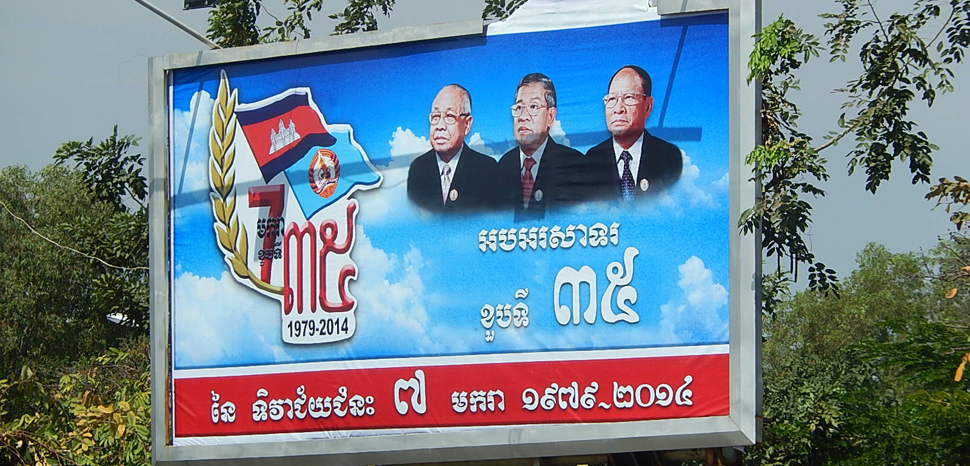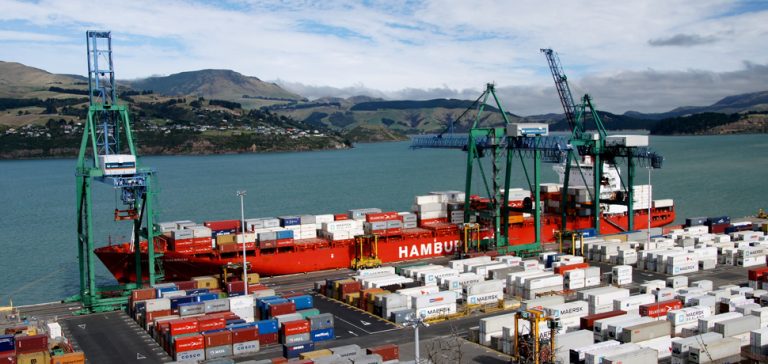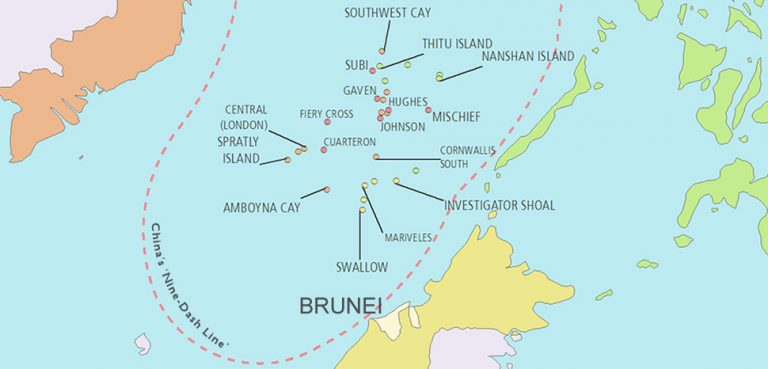Summary
Cambodia’s usually low-key dispute over an unmarked stretch of its remote 540-km long border with northern neighbour Laos made international headlines last August when long-time Cambodian Prime Minister Hun Sen issued a stern six-day ultimatum for Laotian troops to withdraw from the disputed region or face a forceful military response. Cambodian troops equipped with rocket launchers headed from Phnom Penh toward the contested area, but were ordered to turn back the following day after a hastily-arranged meeting between Hun Sen and Laotian leader Thongloun Sisoulith defused tensions.
Despite a renewed commitment from both sides to work on delineating the precise boundary, the dispute remains unresolved, and in late February – a year after tensions first reignited – the Cambodian military held a live-fire weapons training exercise just south of the contested border. Defence Ministry spokesman Chhum Socheat said the drills were designed to improve the army’s capabilities and allow soldiers to “get to know the location in order to defend our country and our territorial integrity,” yet emphasized the drills were “not a threat to any country’” and unrelated to the border row with Laos.
Are recent military exercises a sign that lingering tensions over the border are once again rising to the surface? The answer may have less to do with the dynamics of the dispute, and more to do with the upcoming election season in Cambodia. Despite the border issue remaining unresolved, since the flare-up last August relations between Cambodia and Laos have progressed seemingly unaffected by the near confrontation. Yet the dispute remains conveniently alive in the background to be used as a political tool by Hun Sen, who often looks to fan the flames of nationalism to advance his ‘strongman’ and ‘protector of the nation’ image as crucial July 29 elections draw closer.




